In recent quarters, Tesla’s overall gross profit margins have declined. The drop is partly due to price cuts and brand challenges. Meanwhile, the energy division’s margins have improved sharply, rising above 30% in Q2 2025. At the same time, the division’s share of total profit reached 23% in the first half of this year, despite representing just 12% of revenue.
Tesla deployed 9.6 GWh of energy storage in Q2 2025, bringing its year-to-date total to 20 GWh. That marks a 48% increase over the first half of 2024, when a total of 13.5 GWh was deployed. Over the past four quarters, Tesla has deployed 37.9 GWh of storage systems and is on track to surpass 100 GWh total deployed capacity within the next two quarters.
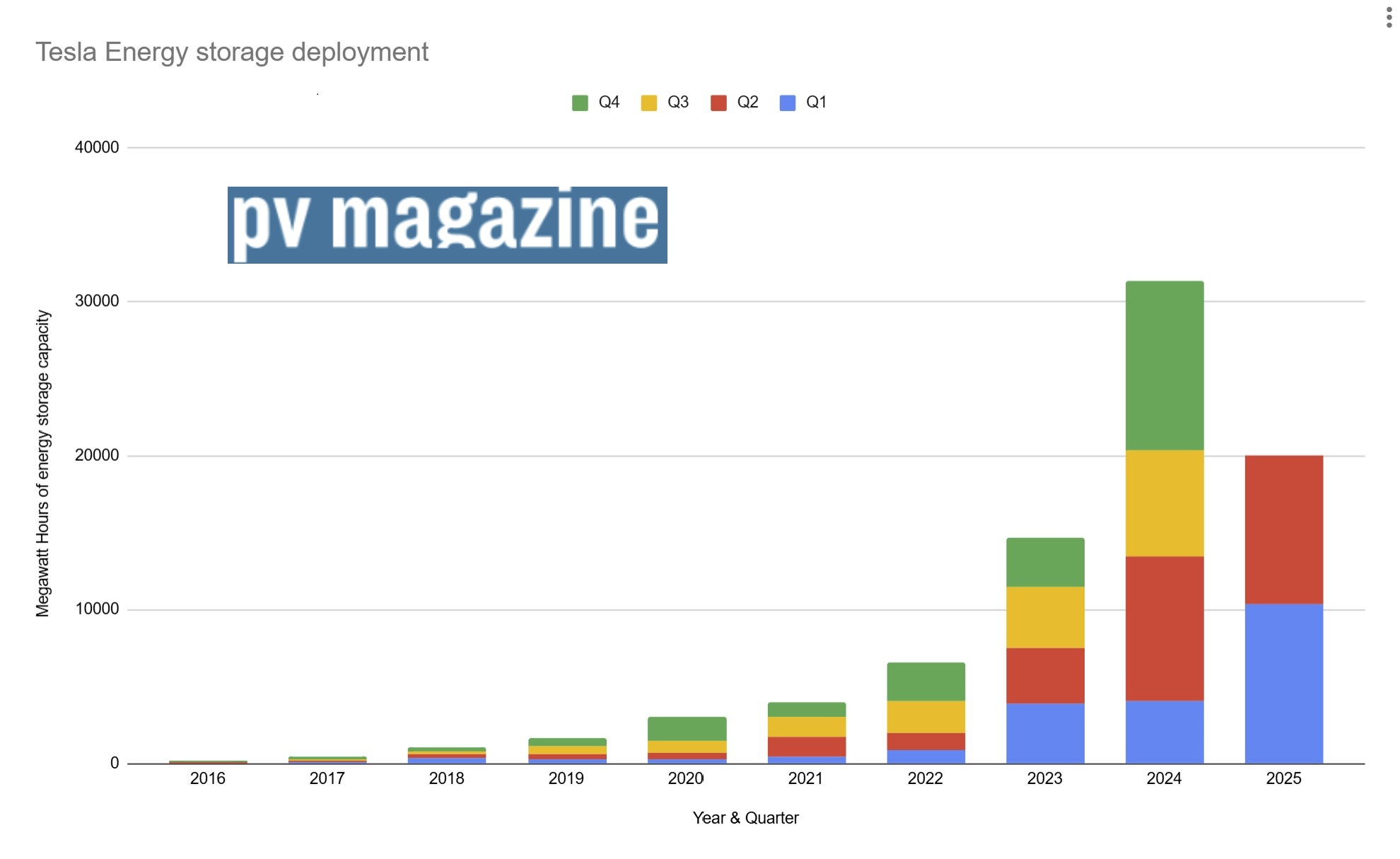
Q2 marked Tesla’s third-highest energy storage deployment to date, following 11 GWh in Q4 2024 and 10.4 GWh in Q1 2025.
At Tesla’s quarterly earnings meeting, Tesla emphasized that energy storage revenue has remained strong, even as total revenue has become more volatile. Company-wide revenue in Q2 2025 was 11.7% lower than in the same quarter last year, and was the second-lowest quarterly figure since early 2022, slightly below Q1 2025.
For the quarter, Tesla’s energy division generated $2.78 billion in revenue, down 7.7% from $3.01 billion in Q2 2024. This also fell short of the group’s $3.06 billion peak in Q4 2024. Including that peak quarter, energy has accounted for 12%, 14%, and 12% of Tesla’s total quarterly revenue. Prior to Q4 2024, the division had surpassed 10% of total revenue only once in recent years.
The division’s profit margins, shown in red in the graph below, now significantly outpace the companywide average, shown in blue.
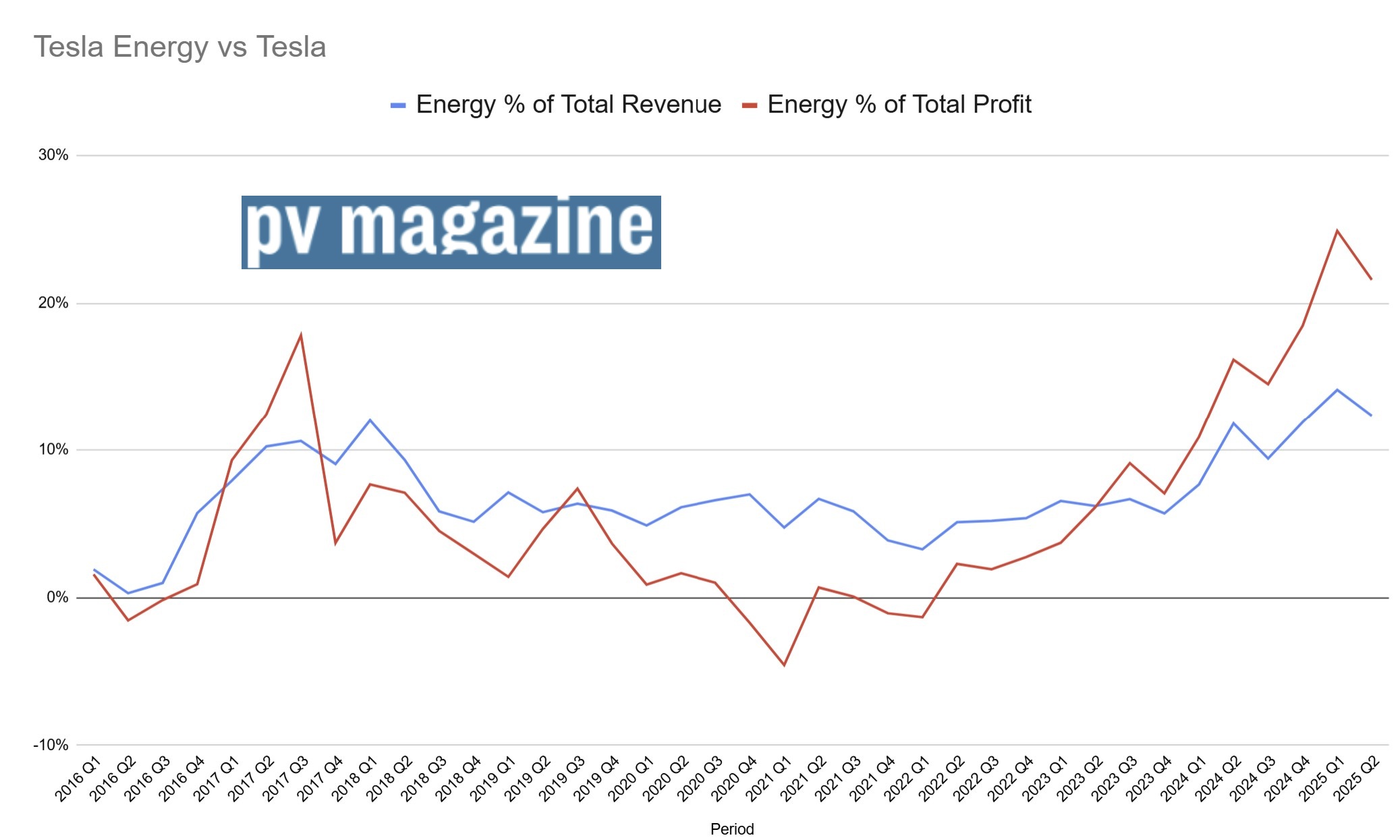
After acting as a drag on Tesla’s bottom line as recently as late 2021, the energy business has since experienced a strong turnaround. In Q2 2025, the division surpassed a 30% profit margin for the second time and contributed more than 20% of Tesla’s total profit for the second straight quarter.
With a manufacturing capacity of 20 GWh per quarter across its Nevada and Shanghai facilities, Tesla could theoretically double its current output. If those facilities were fully utilized, the energy division could account for as much as 22% of Tesla’s total revenue and 35.5% of its profit.
In early 2017, Tesla’s energy storage revenue exceeded $3,000 per kilowatt-hour. Since then, prices have dropped steadily, falling below $300 per kilowatt-hour by Q4 2024. This trend mirrors the broader decline in battery prices in China, where Tesla sources its utility-grade battery cells from CATL, though the price drop in Tesla’s figures has been more gradual.
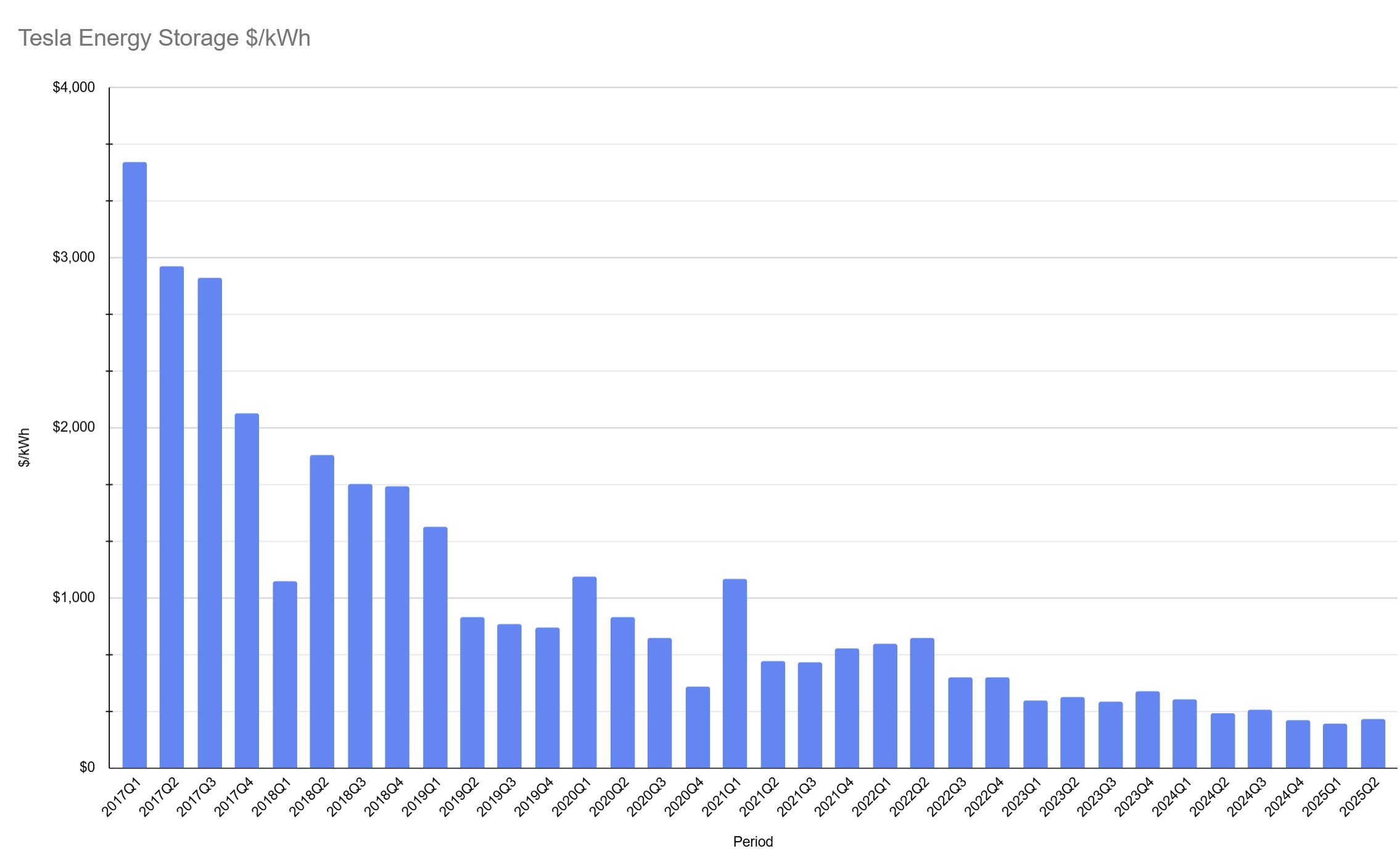
Tesla’s average sale price per kilowatt-hour is weighted upward by its residential storage products, which cost significantly more per unit than grid-scale systems. The lower final sale price for utility-scale projects reflects their higher volume and lower per-unit cost. Tesla now reports fully installed costs for utility-scale storage systems at less than $200 per kilowatt-hour.
A 20.6 MW / 82.2 MWh unit is listed on Tesla’s Megapack website for $224/kWh.
This content is protected by copyright and may not be reused. If you want to cooperate with us and would like to reuse some of our content, please contact: editors@pv-magazine.com.

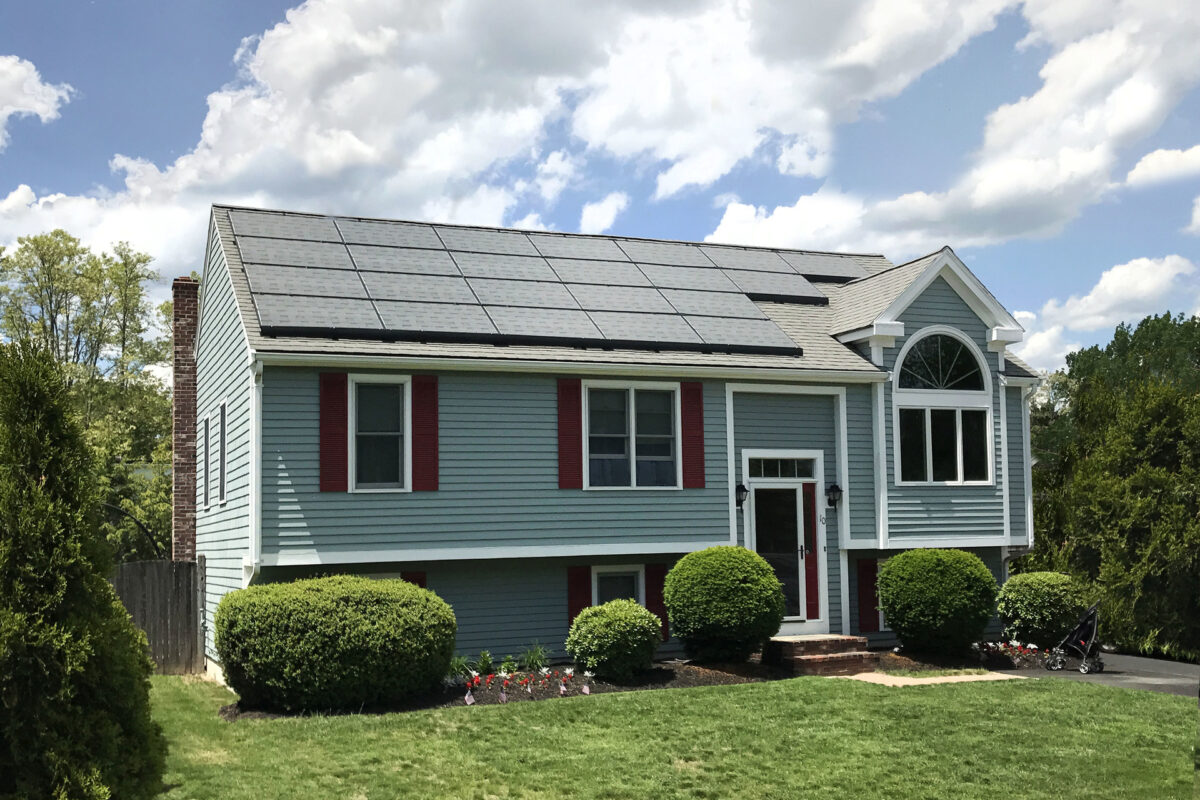

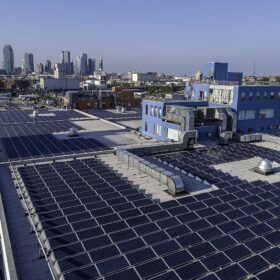

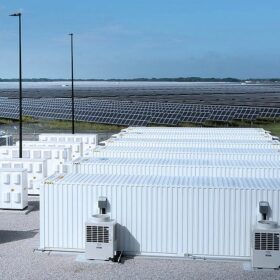


CATL has megapacks with 1.5x the density for under half the price.
Certified LFP packs in the US for home storage are 25% of Tesla’s Powerwall now at under $200/kwh. Ecoworthy, others.
I see a lot of US battery home storage, solar companies, producers that have been ripping customers off following Tesla at 4x cost.
So what is going to happen in sales? Tesla will not win this and neither will the others.
You’ll need under $200/kwh for home storage and under $125/kwh for Megapacks to be competitive next yr.
I hope you’re right Gerald!